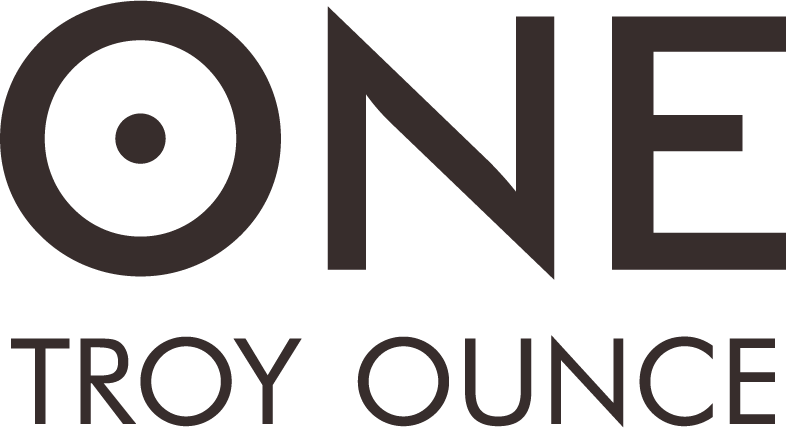The Gold/Silver Ratio represents the number of ounces of silver required to purchase one ounce of gold. Throughout history, this ratio has fluctuated, offering valuable insights into the relative value of gold and silver. This blog post will examine why the current Gold/Silver Ratio suggests that silver is undervalued compared to historical times and will provide examples of the ratio from various periods in history.
-
Ancient Egypt and Mesopotamia (circa 3000 BCE - 550 BCE) In ancient societies, the Gold/Silver Ratio was significantly lower than today. In Mesopotamia, for example, the ratio was approximately 2.5:1, meaning that 2.5 ounces of silver were required to purchase one ounce of gold. This low ratio reflected the relative scarcity of gold and the importance of silver as a medium of exchange in daily life.
-
Classical Greece (500 BCE - 323 BCE) During the Classical Greek period, the Gold/Silver Ratio ranged between 10:1 and 13:1. This higher ratio can be attributed to the increased availability of silver due to the discovery of new mines and the use of silver in coinage. The use of gold in coinage was limited, further contributing to the relatively high ratio.
-
The Roman Empire (27 BCE - 395 CE) In the Roman Empire, the Gold/Silver Ratio was relatively stable at around 12:1. This stability was due to the Roman government's strict control over the supply of gold and silver, which ensured a consistent weight and purity of coins. The Roman monetary system valued gold more highly than silver, resulting in a higher Gold/Silver Ratio than earlier periods.
-
Middle Ages (500 CE - 1500 CE) During the Middle Ages, the Gold/Silver Ratio varied widely, ranging from 8:1 to 20:1. The fluctuating ratio was influenced by factors such as the discovery of new silver mines, trade disruptions, and war. This period saw a gradual increase in the Gold/Silver Ratio, reflecting the growing importance of gold in the global economy.
-
19th and 20th Centuries Throughout the 19th and 20th centuries, the Gold/Silver Ratio increased further, averaging around 30:1. This rise can be attributed to the increased use of gold as a reserve currency by central banks and the decline in the use of silver in coinage. The adoption of the gold standard by many countries also contributed to the elevated ratio.
-
The Modern Era (1971 - Present) In the modern era, the Gold/Silver Ratio has been highly volatile, reaching as high as 120:1 in recent years. This high ratio suggests that silver is significantly undervalued compared to gold, offering potential investment opportunities for those seeking to capitalize on the historical relationship between these two precious metals.
Assessing the Gold/Silver Ratio Based on Earth's Crust Composition and Industrial Uses
The Gold/Silver Ratio is often used to evaluate the relative value of gold and silver in the financial markets. However, another way to approach this ratio is by considering the natural abundance of these metals in the Earth's crust and their industrial applications. This blog post will discuss the Gold/Silver Ratio based on these factors and explore what the ratio might look like if we take these aspects into account.
-
Gold and Silver in the Earth's Crust Gold is a relatively rare element, with a concentration of about 0.005 parts per million (ppm) in the Earth's crust. In contrast, silver is more abundant, with a concentration of approximately 0.075 ppm. Based on these values, the natural Gold/Silver Ratio in the Earth's crust is roughly 1:15. This means that for every ounce of gold in the crust, there are 15 ounces of silver.
-
Industrial Applications of Gold and Silver Gold and silver have a wide range of industrial applications, which also influences their relative value.
Gold is primarily used in electronics, dentistry, and aerospace due to its high conductivity, corrosion resistance, and malleability. While gold does have some industrial uses, its primary demand comes from its role as a store of value, investment, and jewellery.
Silver, on the other hand, has a broader range of industrial applications. It is used extensively in electronics, solar panels, batteries, medical equipment, and photography due to its high conductivity, thermal properties, and antimicrobial qualities. Silver's demand is driven more by its industrial uses than gold, and its consumption in these sectors has been growing over the years.
- The Gold/Silver Ratio Based on Earth's Crust Composition and Industrial Uses Taking into account the natural abundance and industrial applications of gold and silver, one might expect a Gold/Silver Ratio closer to the Earth's crust ratio of 1:15. However, the current Gold/Silver Ratio in the financial markets is significantly higher, often hovering around 70:1 or more.
This discrepancy can be attributed to factors such as the perception of gold as a safe-haven asset and the historical significance of gold as a store of value. Additionally, the difference in mining, refining, and production costs for gold and silver can also impact their relative values in the market.
-
